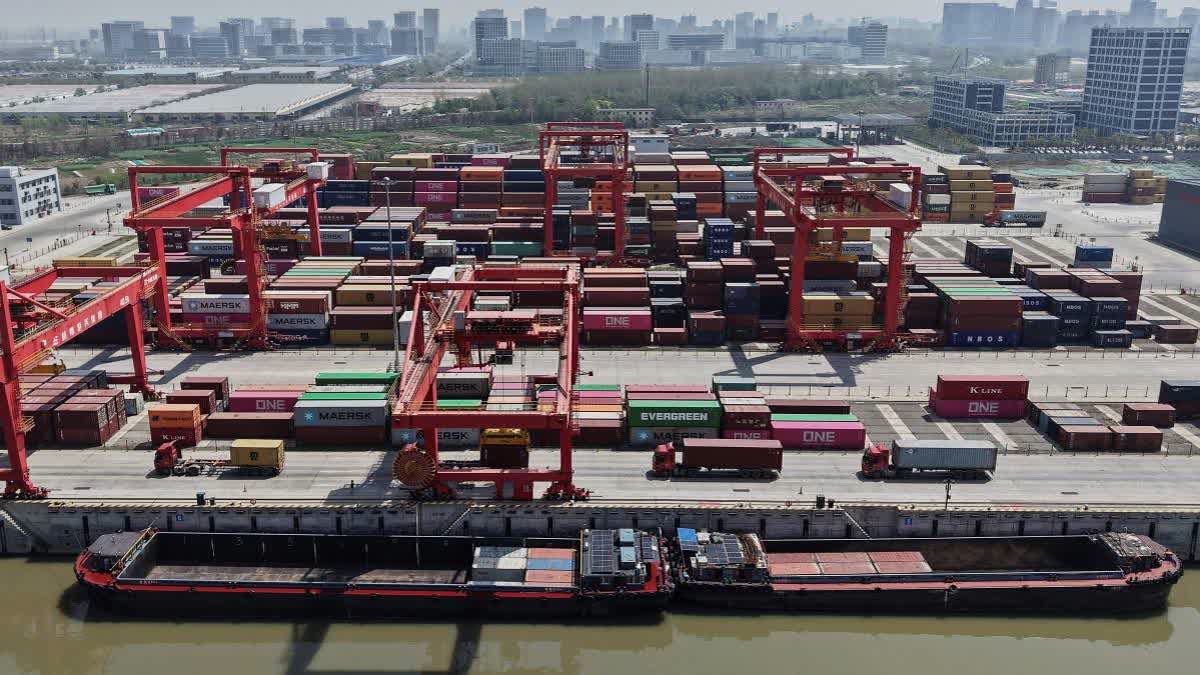Textiles to Tech: What’s Changing in Bangladesh’s Export Landscape
Introduction
Bangladesh has long been known for its textile and garment exports. The country’s ready-made garment (RMG) sector ranks as the second-largest exporter globally, playing a vital role in its economic growth. However, as global market demands evolve, Bangladesh is witnessing a strategic shift. The nation’s export portfolio is expanding beyond textiles toward diversified sectors, including technology, electronics, and light engineering.
This transformation is creating new opportunities for international buyers and investors. Businesses seeking to explore these emerging sectors often rely on a bestsourcing agent Bangladesh or a bestsourcing agent asia to navigate sourcing complexities and build reliable supply chains. This blog explores the evolving export landscape and how Bangladesh is positioning itself for future competitiveness.
The Historical Dominance of Textiles
The RMG industry forms the backbone of Bangladesh’s economy. It contributes over 80% of total export earnings and employs millions of workers, especially women. Global brands source billions of dollars worth of apparel from Bangladesh, attracted by the country’s competitive labor costs and increasing focus on sustainable manufacturing.
While textiles will continue to be a major driver, relying too heavily on a single sector exposes the economy to risks. Recognizing this, policymakers and the private sector are promoting export diversification to ensure long-term resilience.
Emerging Export Sectors
Information and Communication Technology (ICT)
Bangladesh’s ICT sector is growing rapidly. The country exported nearly $1.9 billion in ICT services last year, with ambitions to reach $5 billion by 2025. Software development, mobile applications, and IT-enabled services (ITES) are in high demand, particularly from North American and European clients.
A bestsourcing agent Bangladesh can help foreign businesses connect with vetted IT service providers and navigate the local regulatory landscape.
Electronics and Light Engineering
Bangladesh is gradually becoming a hub for consumer electronics assembly and light engineering products. Companies like Samsung and Walton already produce smartphones, home appliances, and electronic components locally. Export volumes of these products are steadily increasing, supported by favorable government incentives.
Investors looking to diversify supply chains into electronics can collaborate with a bestsourcing agent asia to tap into Bangladesh’s emerging capabilities in this space.
Leather and Footwear
Leather goods and footwear represent another promising area. The government is investing in modernizing tanneries and encouraging green production practices to meet stringent global standards. Exports in this sector are already worth over $1 billion annually and are expected to grow.
Fashion and lifestyle brands can benefit from Bangladesh’s cost advantages and growing expertise in leather sourcing. Leveraging a bestsourcing agent Bangladesh can simplify the process of identifying quality manufacturers.
Pharmaceuticals
Bangladesh’s pharmaceutical industry has made significant strides in both domestic and export markets. The country exports medicines to more than 150 countries, including regulated markets like the U.S. and Europe. The sector benefits from strong intellectual property waivers under TRIPS and a well-established manufacturing base.
A trusted sourcing partner from www.asia-agent.com can assist buyers in identifying reliable pharmaceutical manufacturers and ensuring compliance with international quality standards.
Why Diversification Matters
Diversifying Bangladesh’s export base brings several advantages:
-
Reduces dependency on a single sector (textiles).
-
Increases foreign exchange earnings from high-margin products.
-
Enhances resilience against market shocks and changing consumer trends.
-
Encourages technology adoption and skills development.
-
Attracts FDI in emerging sectors.
This shift also aligns with the government’s Vision 2041, which aims to position Bangladesh as an advanced middle-income country with a diversified and innovation-driven economy.
The Role of Sourcing Agents in Navigating New Opportunities
As the export landscape diversifies, sourcing becomes more complex. Established relationships in textiles don’t automatically translate to sectors like ICT, electronics, or pharmaceuticals.
Here’s where a bestsourcing agent Bangladesh or a bestsourcing agent asia plays a critical role:
-
Provides market intelligence on emerging suppliers.
-
Facilitates factory audits and quality control.
-
Helps negotiate competitive pricing and terms.
-
Coordinates logistics and ensures on-time delivery.
-
Manages compliance with international standards.
A reliable sourcing agent reduces risk and enables buyers to confidently explore new categories within Bangladesh’s evolving export portfolio.
Conclusion
From textiles to technology, Bangladesh’s export landscape is entering an exciting phase of diversification. ICT, electronics, leather goods, and pharmaceuticals are driving new growth opportunities. To capitalize on this transformation, international buyers must adopt strategic sourcing approaches.
Partnering with a bestsourcing agent Bangladesh or a bestsourcing agent asia through platforms like www.asia-agent.com provides the expertise and local knowledge needed to unlock Bangladesh’s full sourcing potential. Whether you’re sourcing garments, tech products, or pharmaceuticals, the future of trade in Bangladesh is more dynamic than ever.

